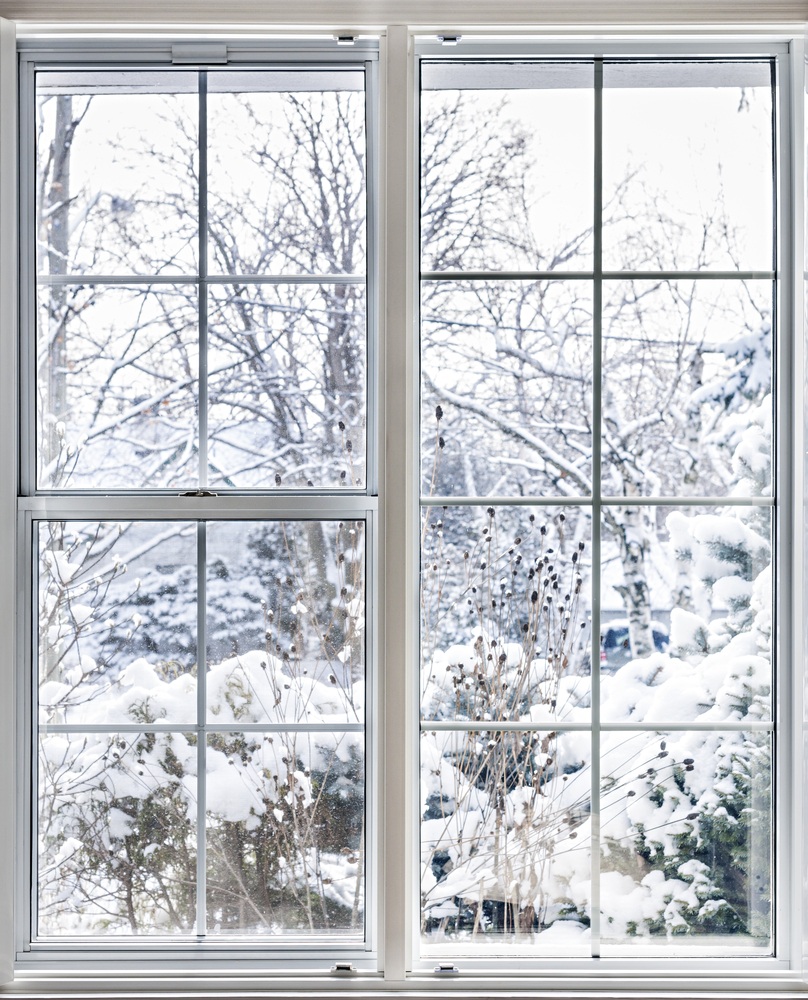 When the first warm, sunny day of spring arrives, one of the best ways you can celebrate is by opening up some of the windows around the house. After several months of cold, unpleasant winter weather, being able to open your windows and let in some nice, fresh air can be a wonderful feeling. But what if you go to open your window and aren’t able to because the window is stuck shut?
When the first warm, sunny day of spring arrives, one of the best ways you can celebrate is by opening up some of the windows around the house. After several months of cold, unpleasant winter weather, being able to open your windows and let in some nice, fresh air can be a wonderful feeling. But what if you go to open your window and aren’t able to because the window is stuck shut?
Stuck windows are a very common problem for homeowners. In the best case scenario, they’re annoying since you aren’t able to get the fresh air you want. But a stuck window can be a safety problem since windows can offer an escape route in the event of an emergency. The good news is that in many cases, a stuck window can easily be fixed.
Before you start trying to fix your stuck window, what type of window do you have and can you see what is causing it to stick? This may sound obvious, but make sure the window isn’t locked or secured shut in some other way. Dirt and debris in the track of the window can also make it difficult to open, so cleaning the track is a good way to help it open easier.
One of the most common reasons windows get stuck is because they’ve recently been painted in a way that allowed the window to effectively become glued shut once the paint dried. You’d be surprised just how strong paint can be when it’s dried, but this is an easy fix! All you have to do to is take a putty knife and run it along the edge of the window to break up the dried paint. You may have to do this from both the inside and the outside of the window. Depending on how badly it’s stuck, you might want to use a utility knife with a sharp blade and run it along the dried paint first to help break it up a little. If the paint has seeped in very deeply, you might also want to use a hammer to gently push the blade of the putty knife in even further. Just be very careful not to damage the window pane or the window sash when you do this.
Wood windows can be particularly prone to getting stuck. On humid days, wood windows can absorb some of the moisture in the air and swell, making them difficult, if not impossible, to open. If this is the case, you might be able to get some help from an ordinary candle. Simply taking a candle and running at along the track where your window slides can help reduce friction enough for the window to be able to move again. You don’t need to use any fancy types of candles for this; ordinary white, unscented votive candles will work perfectly fine.
If a window getting stuck has been an ongoing problem that doesn’t seem to have a discernible cause, you might want to consider having someone come out to look at your windows. Sometimes, windows can become difficult to open and close over time if the house has shifted and settled. If this is the case, having the window replaced might be the best solution in the long run. Vinyl replacement windows aren’t prone to problems like swelling and warping the way wood windows are so they could cause fewer headaches for you later on.







 On any given day, how much time do you spend thinking about your home’s water heater? Odds are, you don’t typically give it much thought at all. As long as you’re getting the hot water you need, it can be easy to forget your water heater is even there. But as soon as your water heater starts having problems or quits working altogether, it’s the kind of problem you can’t possibly ignore.
On any given day, how much time do you spend thinking about your home’s water heater? Odds are, you don’t typically give it much thought at all. As long as you’re getting the hot water you need, it can be easy to forget your water heater is even there. But as soon as your water heater starts having problems or quits working altogether, it’s the kind of problem you can’t possibly ignore. Get Your Heating Bills Under Control With a Programmable Thermostat
Get Your Heating Bills Under Control With a Programmable Thermostat Benefits of Vinyl Replacement Windows
Benefits of Vinyl Replacement Windows